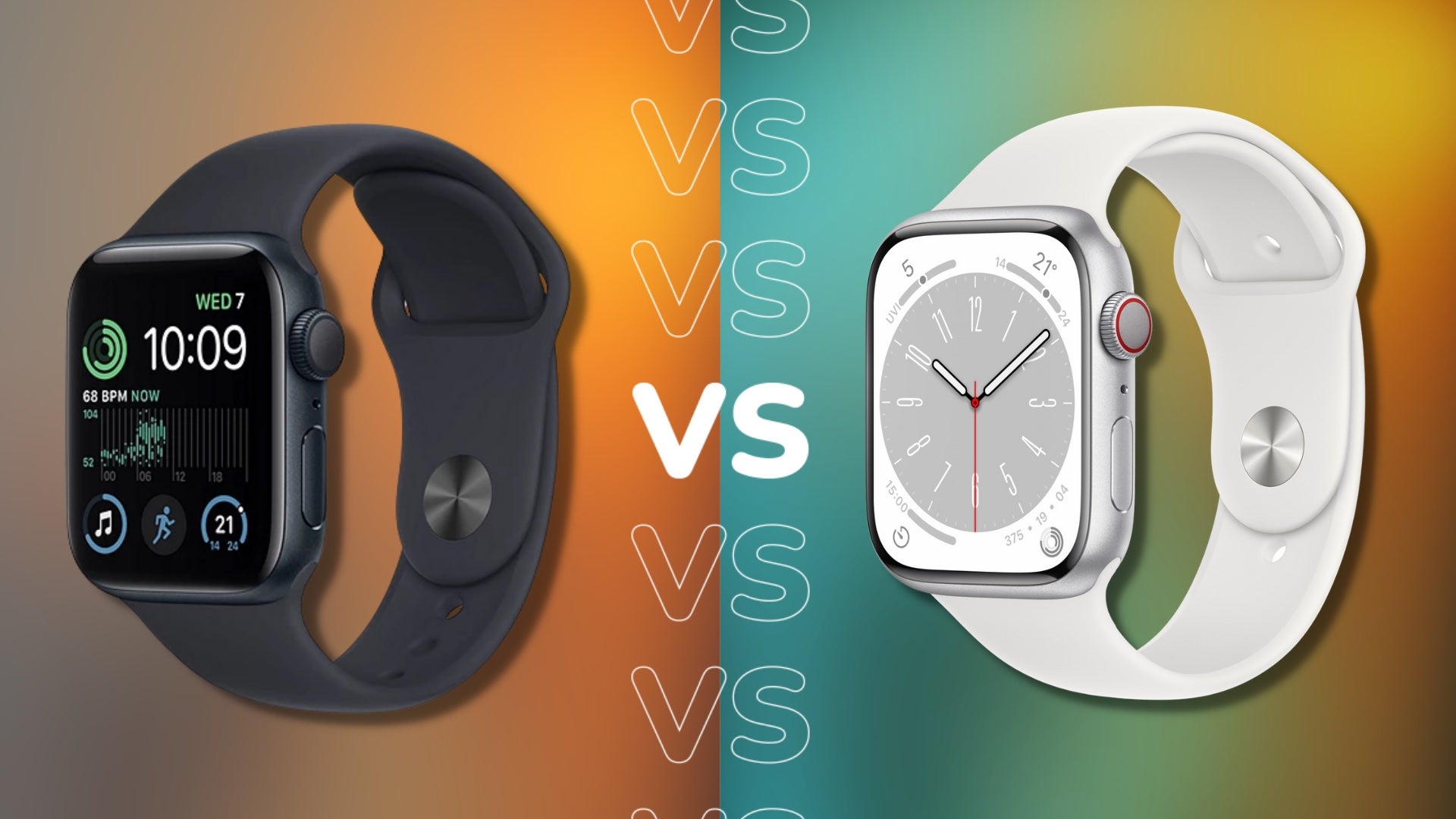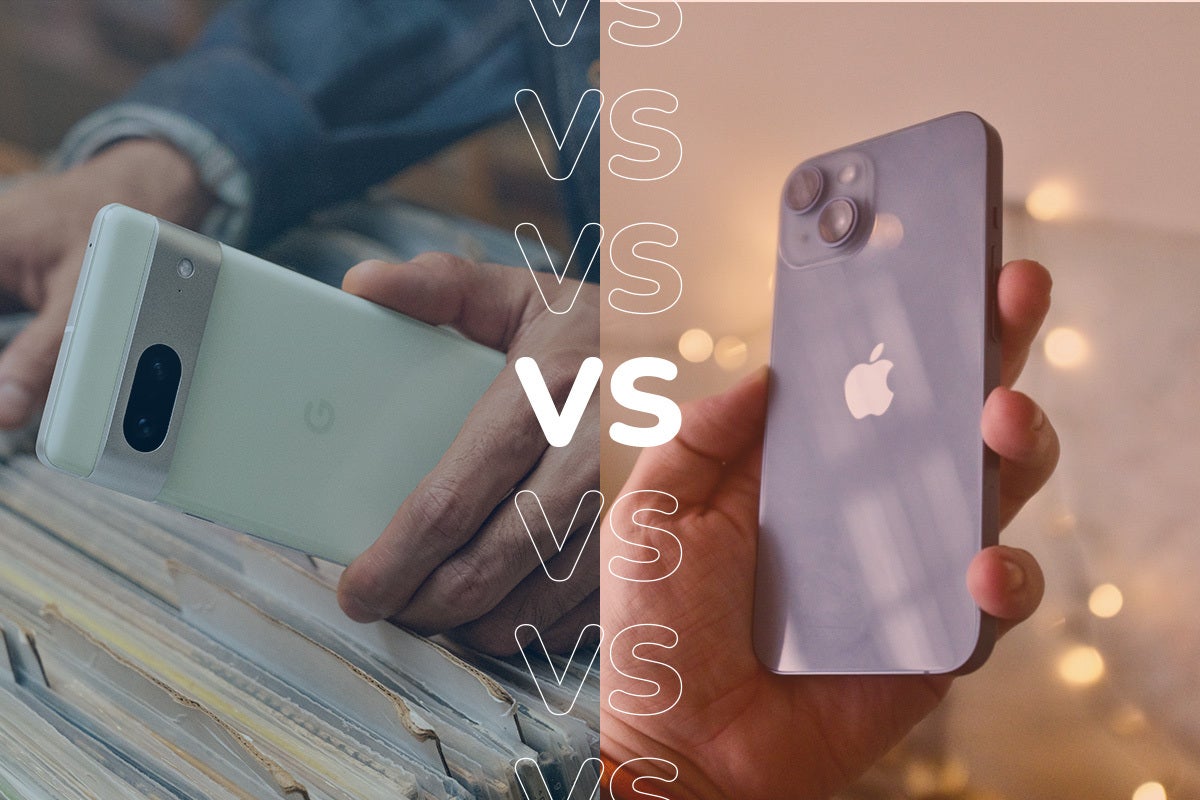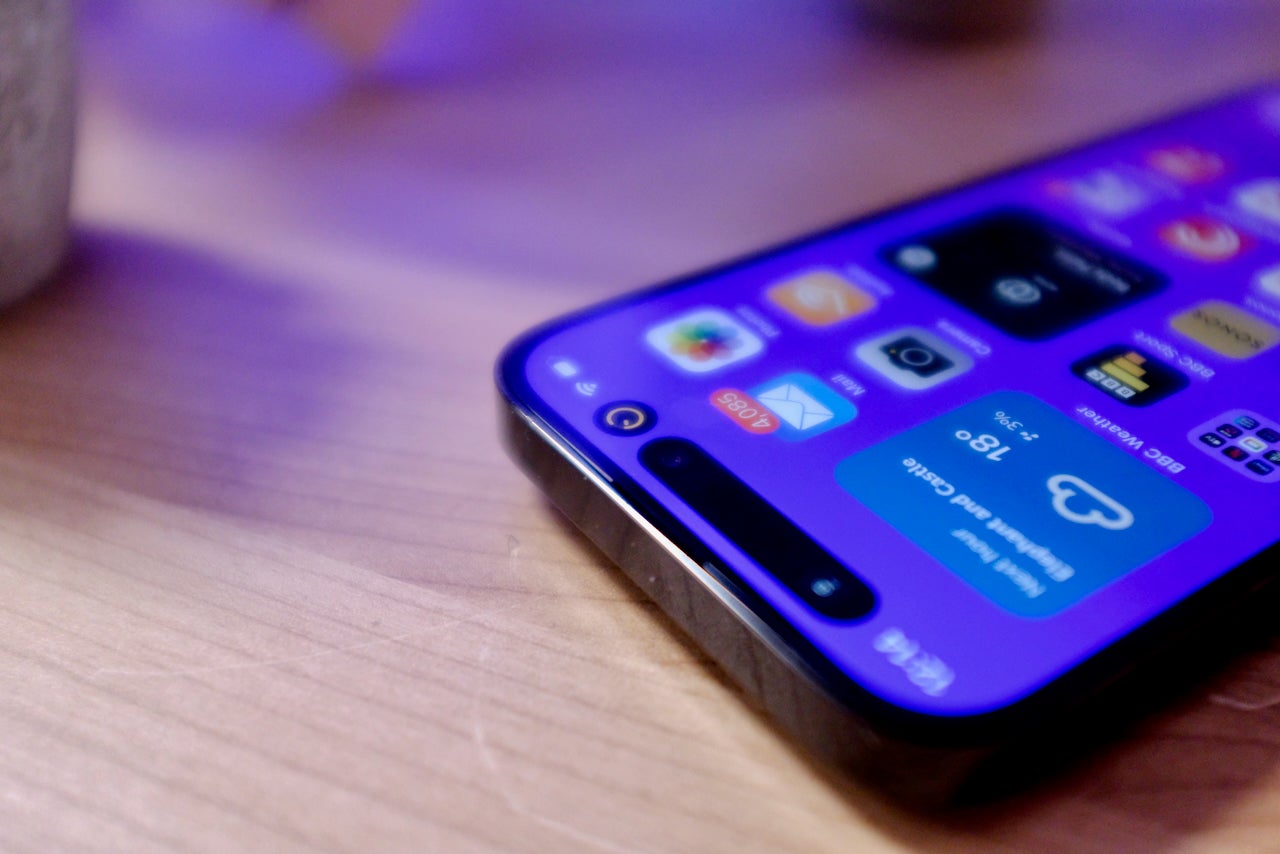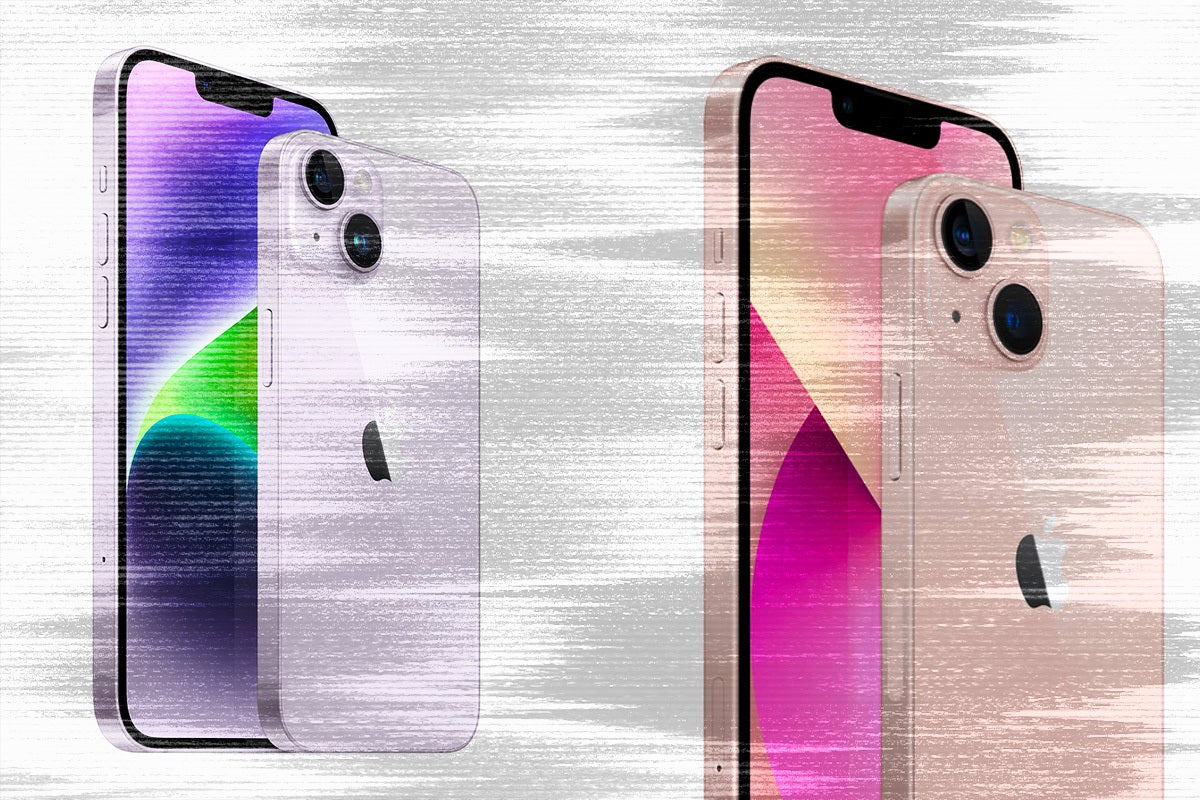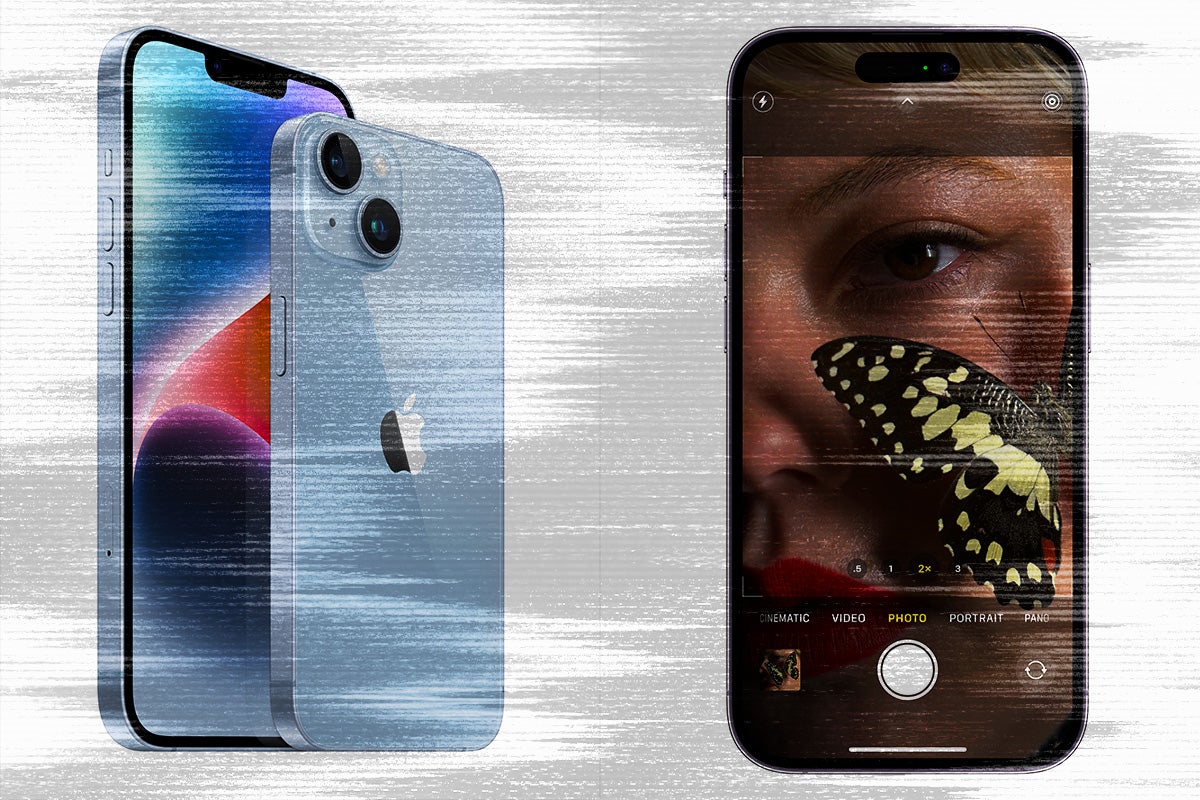Apple is right to hold back on a foldable iPhone (for now)
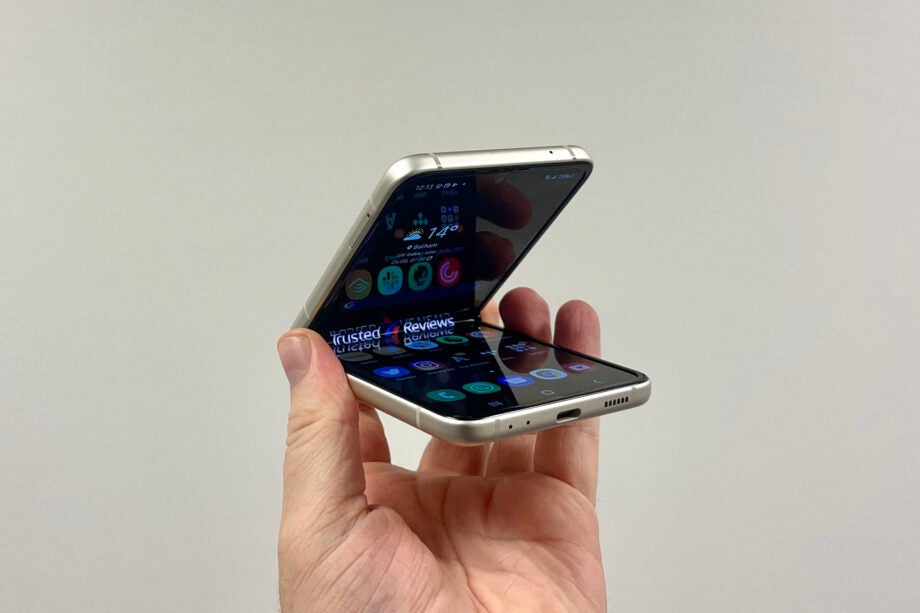
OPINION: If I had to sum up 2022 so far for the technology industry, I’d call it the year of foldables.
Samsung has launched both the Samsung Galaxy Z Flip 4 and Samsung Galaxy Z Fold 4, while the Huawei Mate Xs 2 is set to hit stores in the coming days. Honor also released the foldable Magic V phone in China, while hinting that it could potentially arrive in the West at a later date.
We’ve even seen bendy screens adopted by companies outside the realm of phones, from the Asus Zenbook 17 OLED Fold laptop to the LG OLED Flex gaming TV.
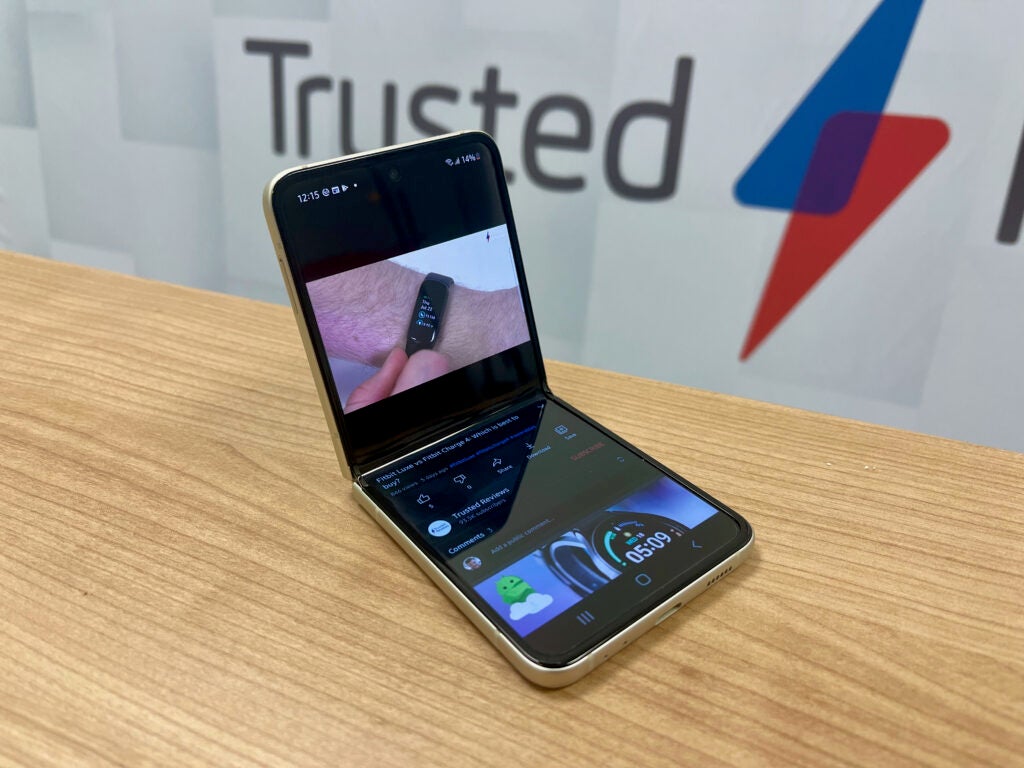
There’s no doubt about it, foldable screens are the new exciting technology in the smartphone world. And so it may come as a surprise that Apple didn’t jump on the foldable bandwagon during its iPhone 14 event.
Apple unveiled four different smartphones (the iPhone 14, iPhone 14 Plus, iPhone 14 Pro and iPhone 14 Pro Max) and not one of them featured the trendy bendy screen technology. You could argue that this is a missed opportunity, losing ground on Samsung which is already on the fourth generation of foldable phones. But I’d argue that Apple is right to hold back on launching a foldable iPhone.
As exciting as foldable screens are, it’s clear that the technology is still in its infancy and encountering a lot of teething issues. Firstly, foldable screens typically see creasing marks, resulting in an ugly appearance for your ultra-expensive smartphone. Ensuring a robust design for a foldable can also force manufacturers to create thick smartphone designs, which is at odds with recent trends.
Fancy hardware is basically useless if the software can’t support it, and operating systems such as Android aren’t really optimised for the foldable form factor right now. This means there aren’t many apps that make full use of the innovation.
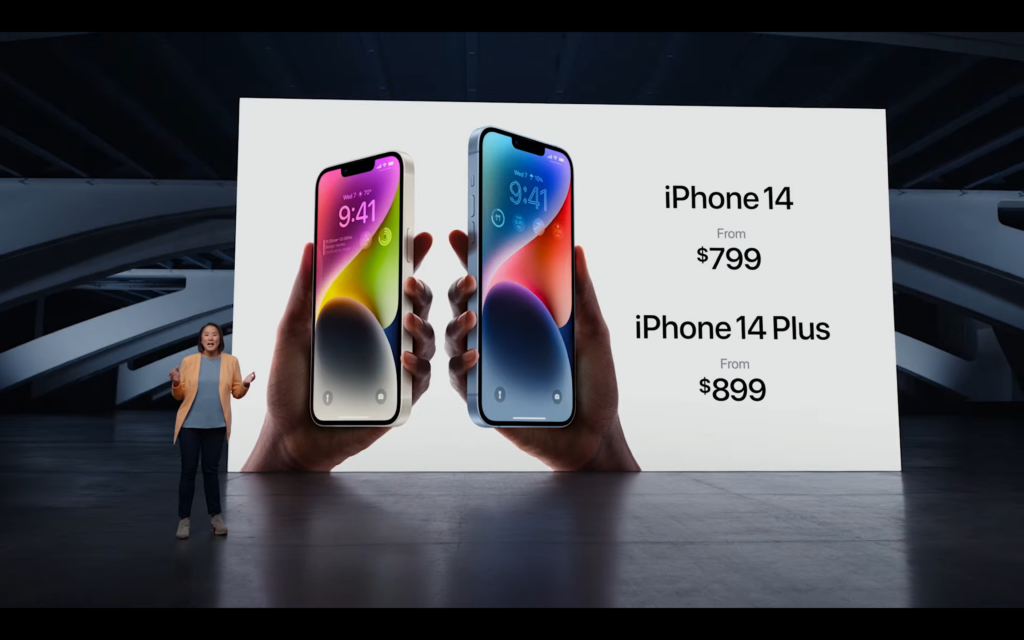
Apple obviously has more control over software than most smartphone companies since it uses its own iOS rather than Android. But it takes time to develop software compatible for completely new hardware, especially when ensuring compatibility with third-party apps.
And since foldable phones are still very new, we don’t really know how robust they are in the long term. How many folds can your phone take? Is the screen more prone to scratches? Is it more likely to snap in half if you drop from a high height? The likes of Samsung have their own claims, but we can’t know for sure until more people test this out for themselves.
Companies such as Samsung, Huawei and Honor are willing to take the gamble, deciding that the exciting new technology is worth releasing to the world, despite still having some kinks to sort out. But Apple has rarely made any risks of this magnitude, prioritising the reputation of its brand over headline-grabbing innovation.
Apple showed this as much when announcing its new “Always-On” feature for iPhone 14 Pro, finally allowing its handsets to display the time, notifications and widgets when the phone is on standby. Android has supported Always On displays as far back as 2016, so why has it taken Apple so long to implement?
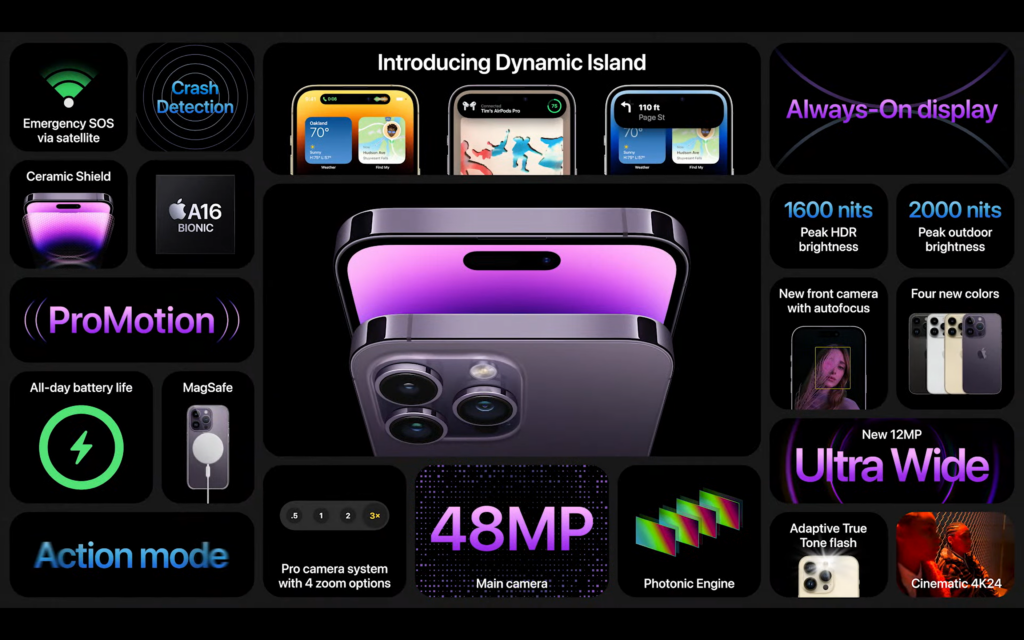
The likely answer is that Apple simply wanted to perfect the technology before releasing it to the world. Always-On can be a notorious battery drain for Android phones, but Apple is hoping to avoid that issue by using an LTPO (low-temperature Polycrystalline oxide) display, which enables Apple to automatically switch the screen’s refresh rate to 1Hz when in standby in order to improve power efficiency.
Of course, the iPhone 14 Pro isn’t the first smartphone to use an LTPO display. The Samsung Galaxy Note 20 Ultra was one of the earliest adopters of LTPO, and only launched as recently as 2020. But it’s still a great example to show Apple biding its time until a new technology is ready for market, rather than rushing to be the first company to offer a new feature with rough edges.
It’s no secret that Apple prides itself on its brand reputation, especially since it doesn’t sell bargain-priced products that compromise on quality. Apple wants to ensure every product in its portfolio is considered to be premium, delivering a top-notch performance and feature set in order to ensure users stick with the brand for the long haul.
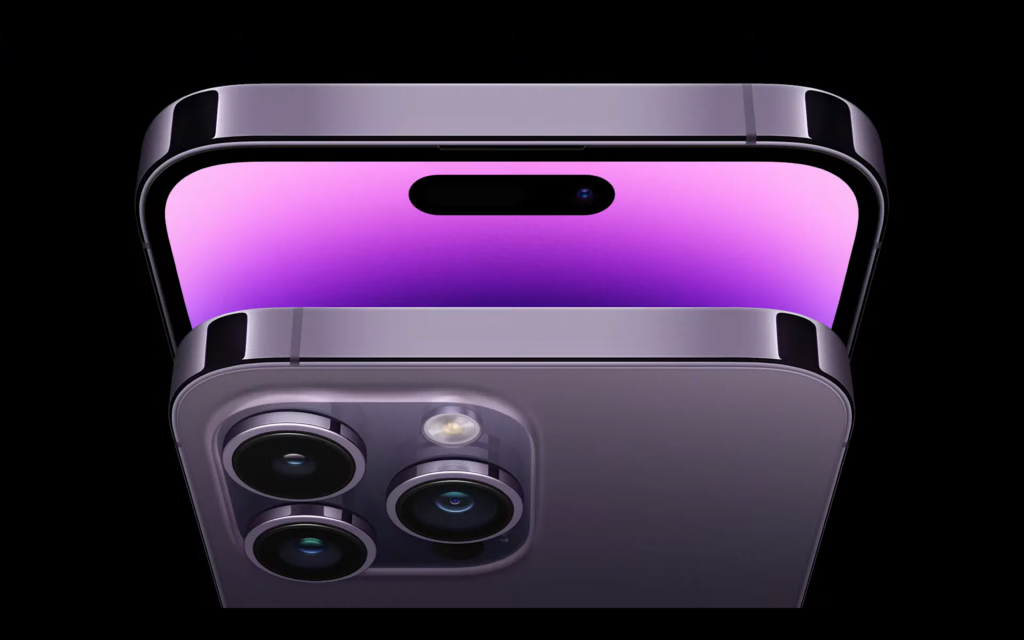
As a result, Apple is reluctant to use unproven technology. Imagine if Apple released an iPhone 14 Fold that ended up snapping in half after one too many bends? It would be a PR nightmare for Apple, and potentially see users look to other brands for their next smartphone. Apple wants to lock you into its ecosystem for good, and it can only achieve that by continuously launching reliable products with few faults.
That’s not to say Apple will never launch a foldable iPhone. Apple experts Mark Gurman and Ming-Chi Kuo have both suggested Apple is already working on a foldable iPhone, but the latter predicts we may not see a release until 2025.
Such a time frame makes sense from an Apple point of view. It gives the blossoming foldable technology more time to mature, and for manufacturers to spot any possible flaws or long-term durability issues in the meantime. Yes, the novelty of foldable phones may have worn off by then, but Apple is more interested in delivering the best possible product than building up hype with a half-baked idea. Like or lump it, this is the Apple way – and it’s been a highly successful strategy so far.



